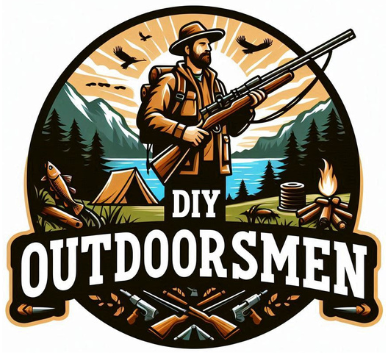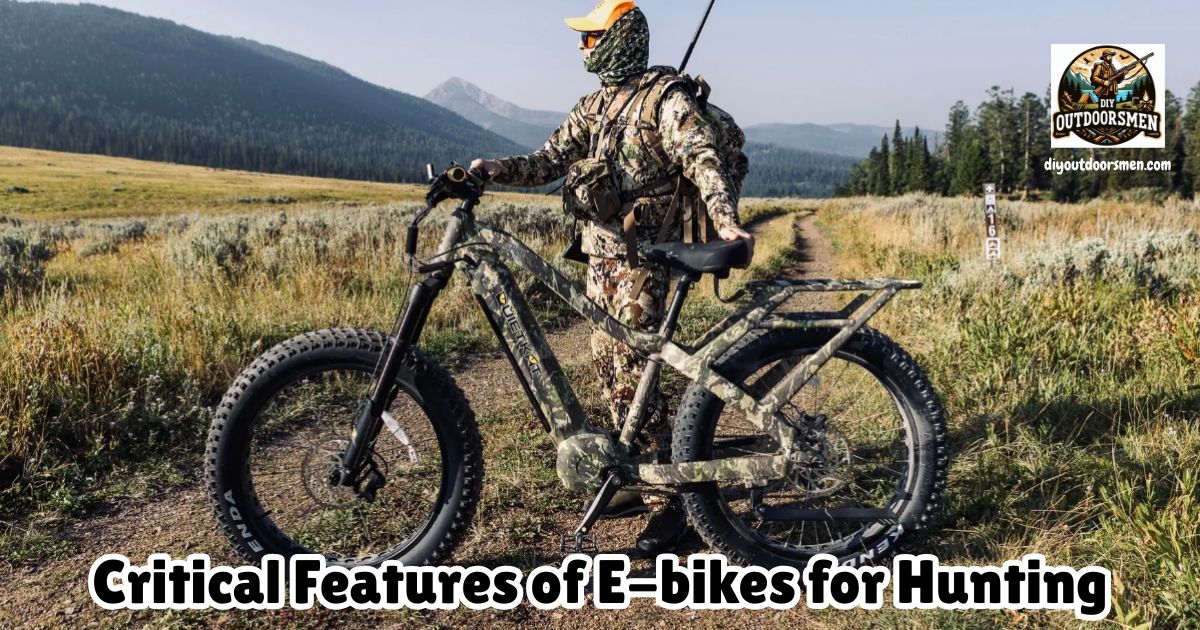Contents
- 1 Key Features and Practical Benefits
- 2 Understanding E-Bikes for Hunting: How They Work and What to Expect
- 3 Getting Started with an E-Bike for Hunting
- 4 What to Look For When Picking a Hunting E-Bike
- 5 Pros and Cons: Balancing Advantages and Challenges
- 6 Top Hunting E-Bike Brands and Models Worth Knowing
- 7 Frequently Asked Questions: What Other Hunters Want to Know
- 8 Final Thoughts on E-bikes for Hunting
E-bikes for hunting give me new options for getting into the wild. Electric-powered bikes help me move quietly through tough terrain, reach remote spots, and keep me from getting worn out before the real work starts. For people like me who want to hunt smarter, e-bikes are more than a way to avoid breaking a sweat—they truly switch up how I approach each trip into the woods.
QUICK LOOK: What to Look for in an E-Bike for Hunting
- Battery life: I check not only manufacturer claims but also reviews from actual users for a more honest idea of battery life, especially when loaded down or riding through tough conditions.
- Frame strength and suspension: A sturdy frame and solid suspension matter a lot when I’m loading up the bike and heading into hilly or rough areas.
- Tire tread and size: I pick tires built for where I’m hunting, whether it’s wet mud, deep snow, or dry rocky trails.
- Noise level: While all ebikes are quieter than most vehicles, some motors buzz more than others—low noise is key for staying hidden.
- Camouflage and finish: Camo paint, matte finishes, or even add-on wraps keep my bike from drawing attention while in the field.
- Accessory compatibility: I want mounts for gun or bow holders, racks for extra bags, and the option for a trailer so I can pull out meat or gear easily.
Key Features and Practical Benefits
When I use an e-bike to hunt, there are several features I find especially helpful. The electric motor keeps things way quieter compared to ATVs or trucks, so I can slip through the forest without scaring wildlife.
Most hunting ebikes come with wide all-terrain tires, tough frames, and weatherproof parts; this makes them reliable even when I need to cross mud, snow, or rocky ground. Many brands offer camo finishes, so my bike blends right in, helping me keep a low profile from deer or other game.
The range of an e-bike is a huge advantage. With battery power, it’s much easier for me to cover long distances and reach hunting spots that used to be a real trek. Pedal-assist modes make slogging up hills feel less intimidating.
Many models have racks or built-in mounts designed for hauling gear, decoys, and even bringing my harvest back out of the woods. Add-ons like lights, saddlebags, and game trailers give a boost to the overall setup, making my hunt more efficient.
Understanding E-Bikes for Hunting: How They Work and What to Expect
At their core, hunting ebikes are electric bicycles using a rechargeable battery and a motor to give me a boost as I pedal. The power system takes a lot of strain off my legs, which is key if I’m hauling a pack or pulling a trailer.
I can choose between several levels of pedal assist, and most models let me switch to a throttle mode if I just want to cruise. Some ebikes even include walkaid modes, helpful when I need to push the bike up a steep spot.
Weight matters, as hunting ebikes are heavier than traditional bikes. The sturdy frames built for the demands of the hunt add some pounds, but the tradeoff is worth it for the durability and load capacity. Many hunting ebikes are rated to carry loads of around 300 pounds or more, covering my weight and anything I’m bringing out.
- Quiet Motors: Let me approach wildlife and campsites without alerting everything around me.
- Long-Lasting Batteries: Modern lithium-ion batteries can deliver 2060 miles on a charge, varying by terrain and how much gear I’m hauling.
- Wide Tires and Suspension: Give me a stable and comfortable ride, even when bumping down dirt roads or crossing shallow creeks.
- Camouflage Paint and Components: Help the bike blend in with the woods, so I’m not drawing attention to myself or my gear.
Getting Started with an E-Bike for Hunting
Jumping in with a hunting ebike means learning what makes these bikes different from anything I’ve ridden before. The first thing I had to figure out was how much power I need. Motors for hunting ebikes usually range from 500 to 1,800 watts—a stronger motor makes life easier if I regularly tackle steep hills or use a trailer.
A good suspension system is just as important. Some hunting spots are only reachable by bumpy or root-filled paths, so a front or full suspension setup gives me way more comfort and control. I choose tires designed for mud, sand, or gravel for the best grip and reinforced frames to handle the roughest rides.
Getting familiar with the controls and power settings on different terrains is key before trying my e-bike on a hunt. A few practice rides help me get a feel for assist modes and how the bike handles with gear. It only takes a couple of test runs to avoid surprises later in the field. I also experiment with loading the racks and bags, so I know how everything balances under real conditions.
What to Look For When Picking a Hunting E-Bike
Buying an e-bike for hunting is different from looking for a commuter bike. Hunters need something tough, ready for heavy loads, and reliable even when far from camp. Here are a few things I always pay close attention to before buying:
- Battery life: I check not only manufacturer claims but also reviews from actual users for a more honest idea of battery life, especially when loaded down or riding through tough conditions.
- Frame strength and suspension: A sturdy frame and solid suspension matter a lot when I’m loading up the bike and heading into hilly or rough areas.
- Tire tread and size: I pick tires built for where I’m hunting, whether it’s wet mud, deep snow, or dry rocky trails.
- Noise level: While all ebikes are quieter than most vehicles, some motors buzz more than others—low noise is key for staying hidden.
- Camouflage and finish: Camo paint, matte finishes, or even add-on wraps keep my bike from drawing attention while in the field.
- Storage and Transport: Several e-bike models are foldable for convenient transport and storage.
- Accessory compatibility: I want mounts for gun or bow holders, racks for extra bags, and the option for a trailer so I can pull out meat or gear easily.
Range and Charging
Real-world battery range is one of my top concerns. Manufacturer specs are often optimistic. Cold weather and hilly, off-road terrain can lower range, and hauling extra gear brings it down even more.
I always plan my route so I know I can get back to camp, and I pack a spare battery or power bank when I’m heading deep into the woods. Bringing a regular bike lock is smart, too, since these bikes are valuable and not easy to move without power.
Legal and Land Use Considerations
Laws and land rules for e-bikes aren’t always straightforward. Some public hunting land allows e-bikes where other vehicles are permitted, but other places treat them as motorized vehicles and restrict access.
I check with my local Department of Fish and Wildlife and double-check trail maps to avoid problems. Access is usually easier on private land or leases, but I always check in with landowners before using my e-bike.
Pros and Cons: Balancing Advantages and Challenges
Hunting ebikes offer plenty of perks, but I’ve found a few things to keep in mind, too. Here’s what stands out from my experience:
| Pros of E-bikes for Hunting |
|---|
| Quiet travel: Electric motors let me slip through hunting areas quietly, which helps avoid spooking animals before I’m ready. |
| Less sweat and fatigue: Using pedal assist helps my legs stay fresh by the time I reach my hunting spot, which means I’m sharper for the rest of the day. |
| Improved hauling: Add-on trailers and strong racks let me transport bigger hauls without straining my back. |
| Mobility boost: Trails that used to take me an hour on foot now only take fifteen minutes on my e-bike. |
| Cons of E-bikes for Hunting |
|---|
| Battery limitations: Long days, cold weather, and heavy gear will drain the battery faster than you’d think, so careful planning is important. |
| Initial expense: Top-quality hunting ebikes aren’t cheap, especially with premium motors and rugged setups, but they’re an investment if you hunt regularly. |
| Weight: Ebikes are heavier than standard bikes, making them tougher to lift over fences or downed logs by yourself. |
| Legal restrictions: Some public lands have rules against e-bikes or limit where they’re allowed—always check before you go. |
| Maintenance needs: Batteries require regular charging and care, and I check for dirt or water after muddy rides to avoid electrical issues. |
Top Hunting E-Bike Brands and Models Worth Knowing
Several brands design bikes specifically for hunters and rough terrain. Here are a few names that keep coming up among hunters and online forums:
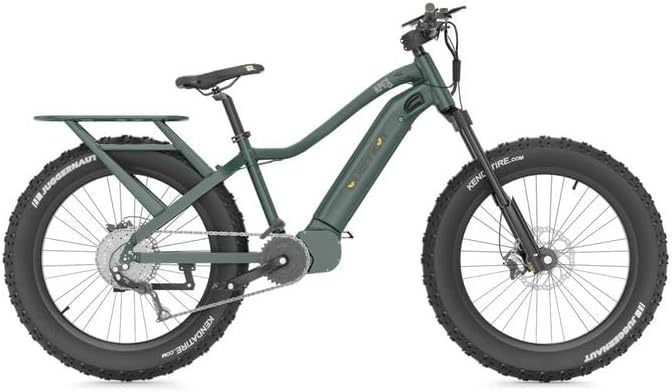
QuietKat:
Offers strong frames, powerful motors, and plenty of camo choices, plus a handy range of cargo accessories.
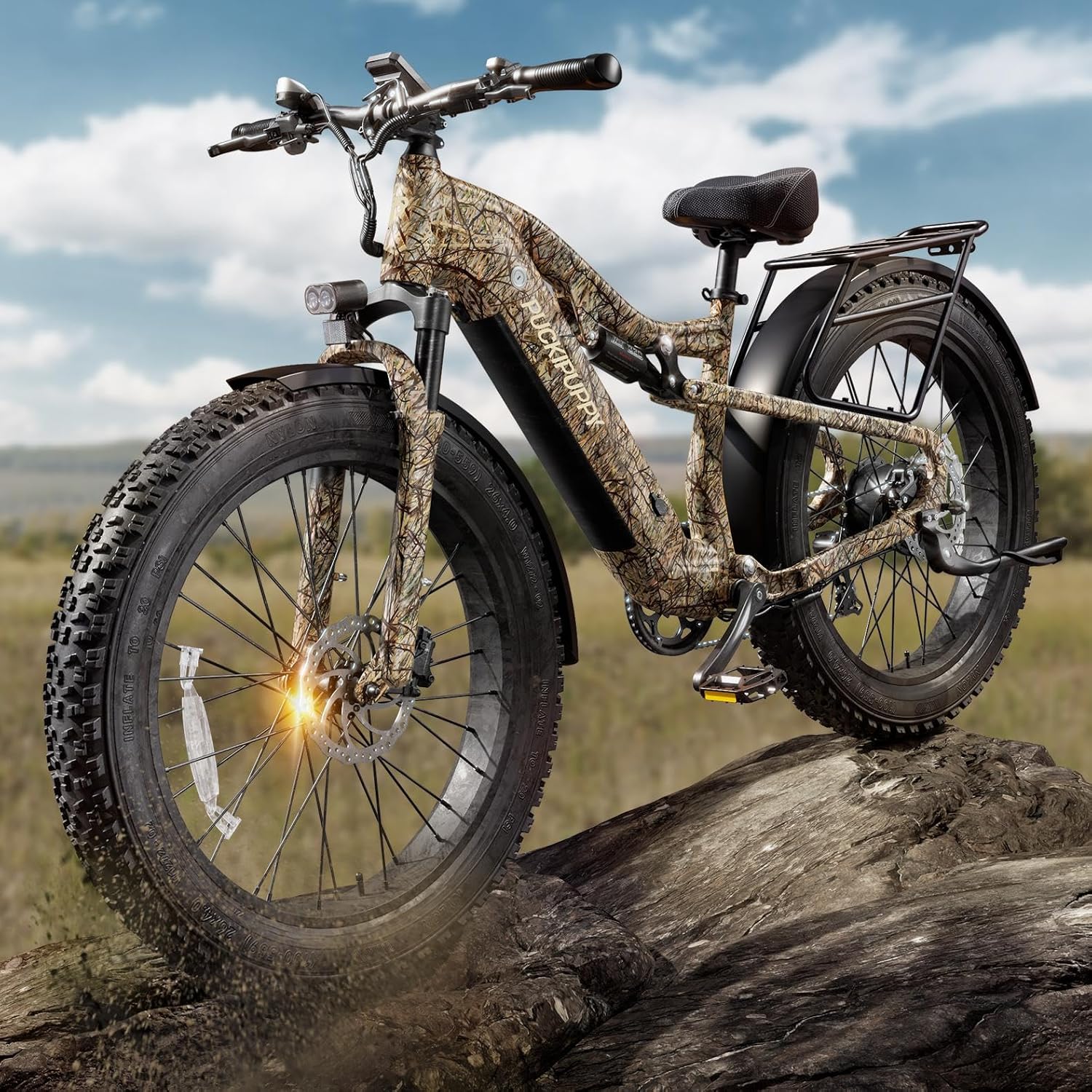
PUCKIPUPPY
With a 960W Peak high-speed brushless motor, the torque can reach up to 80 N m, which can easily cope with 35° slopes. Its maximum speed can reach 28 mph, the best in its class.
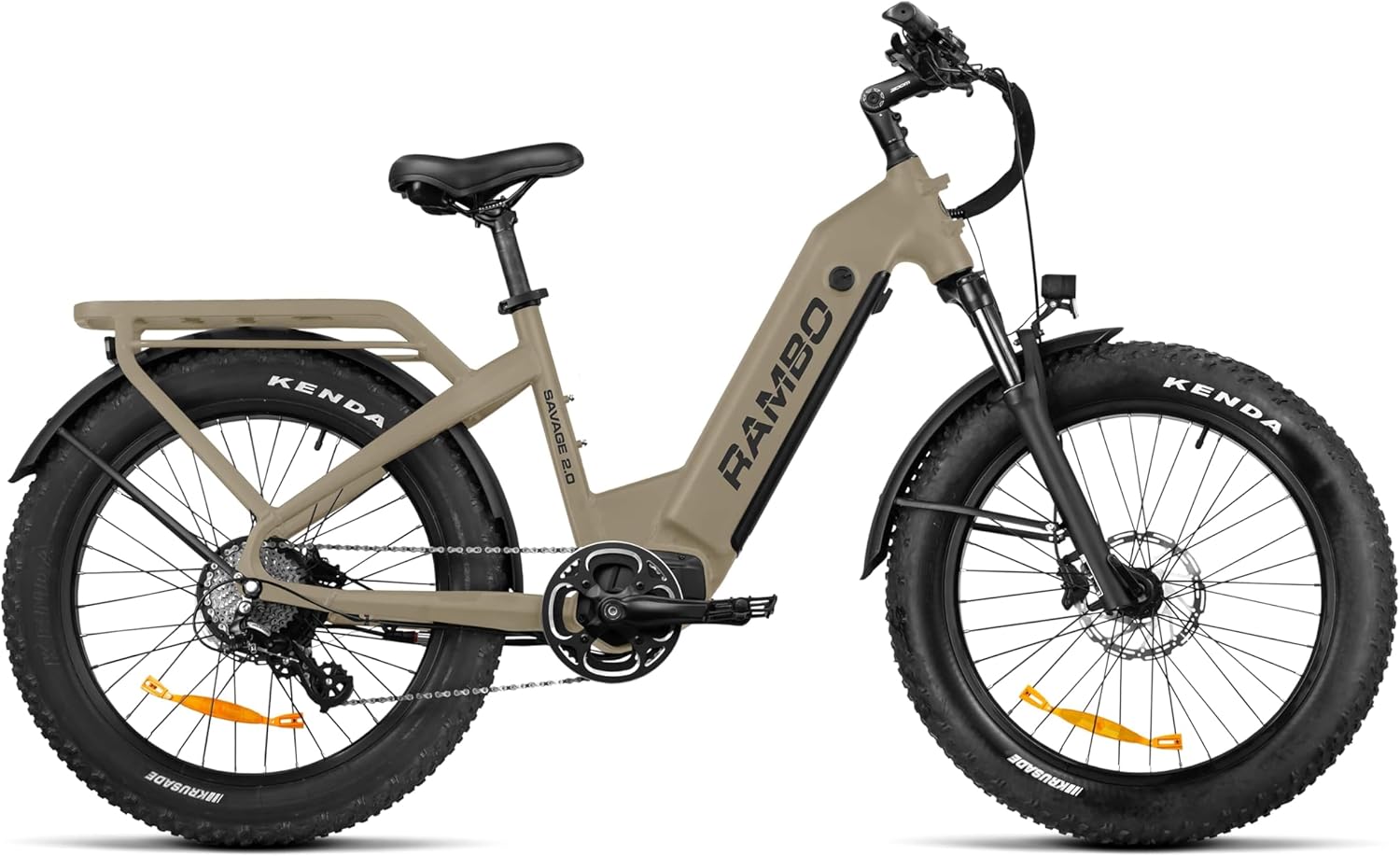
Rambo Bikes:
These are good for rough conditions, with many models offering a more budget-conscious choice that still performs in the field.
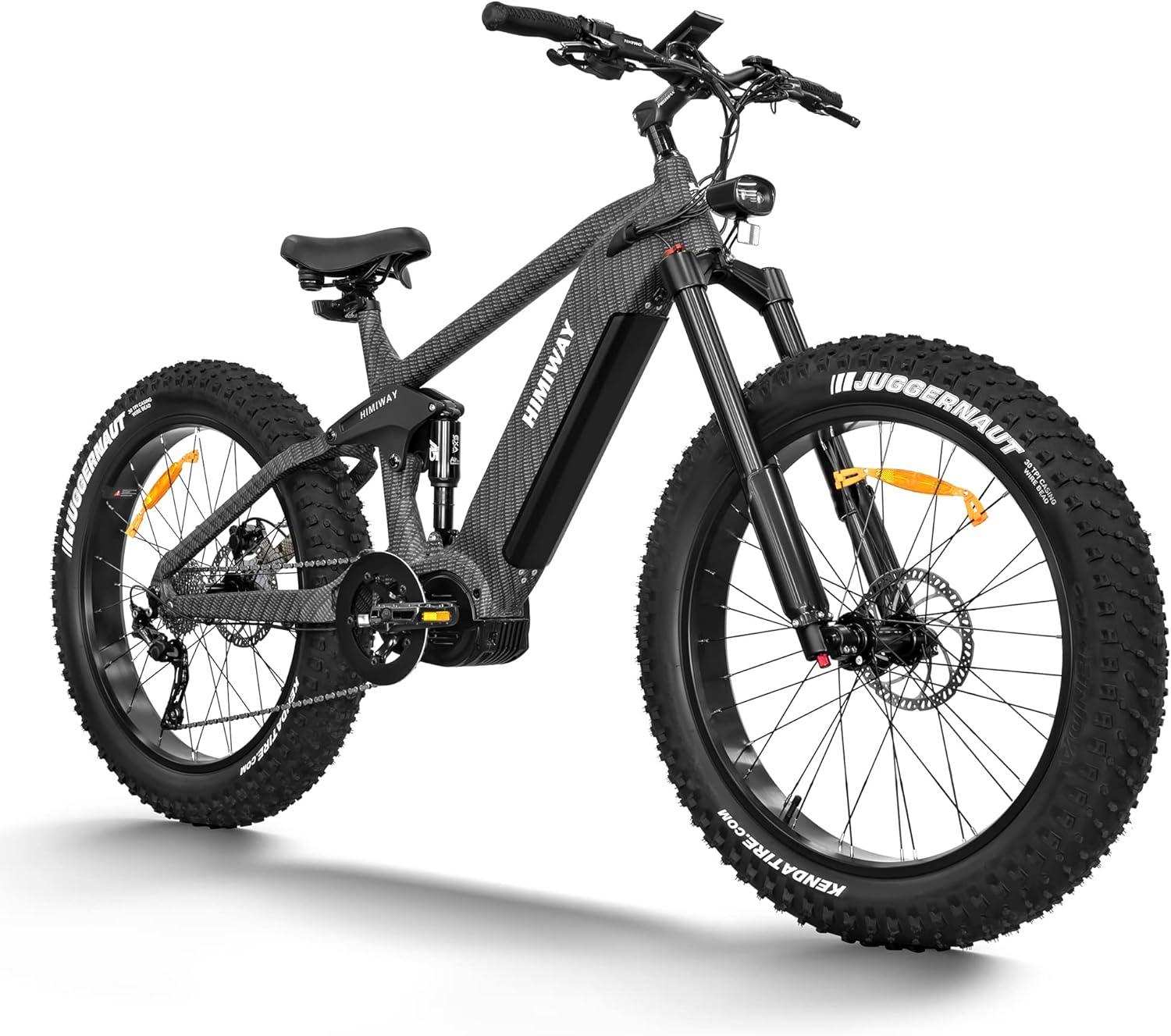
Himiway
The D7 (Cobra) is known for durability and long range—this is a solid pick for those long days away from the trailhead.
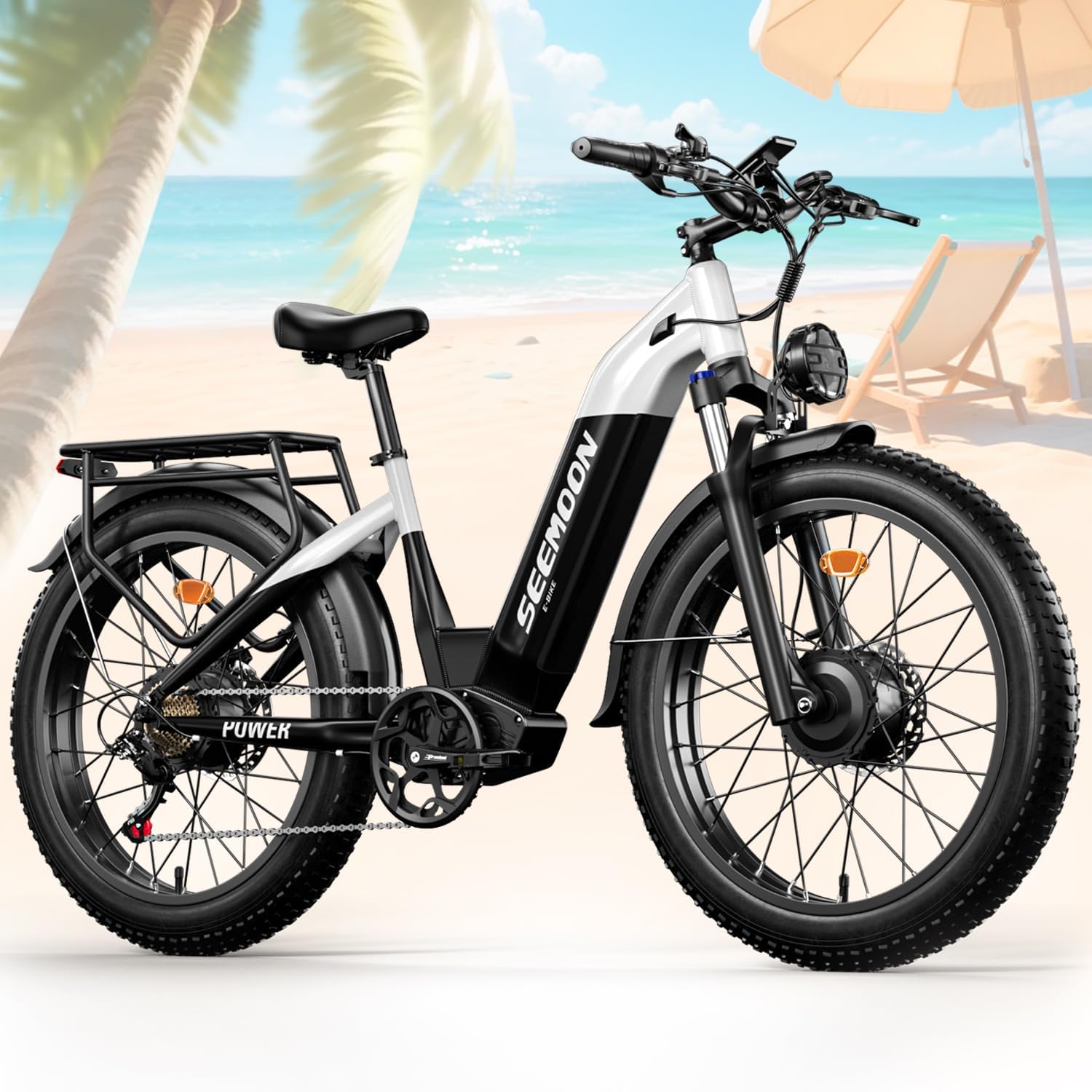
SEEMOON
Off-road and mountain-ready builds with reliability that hunters appreciate. Top speeds of 38 MPH and 160 Nm of torque, for rapid acceleration and greater load capacity.
Frequently Asked Questions: What Other Hunters Want to Know
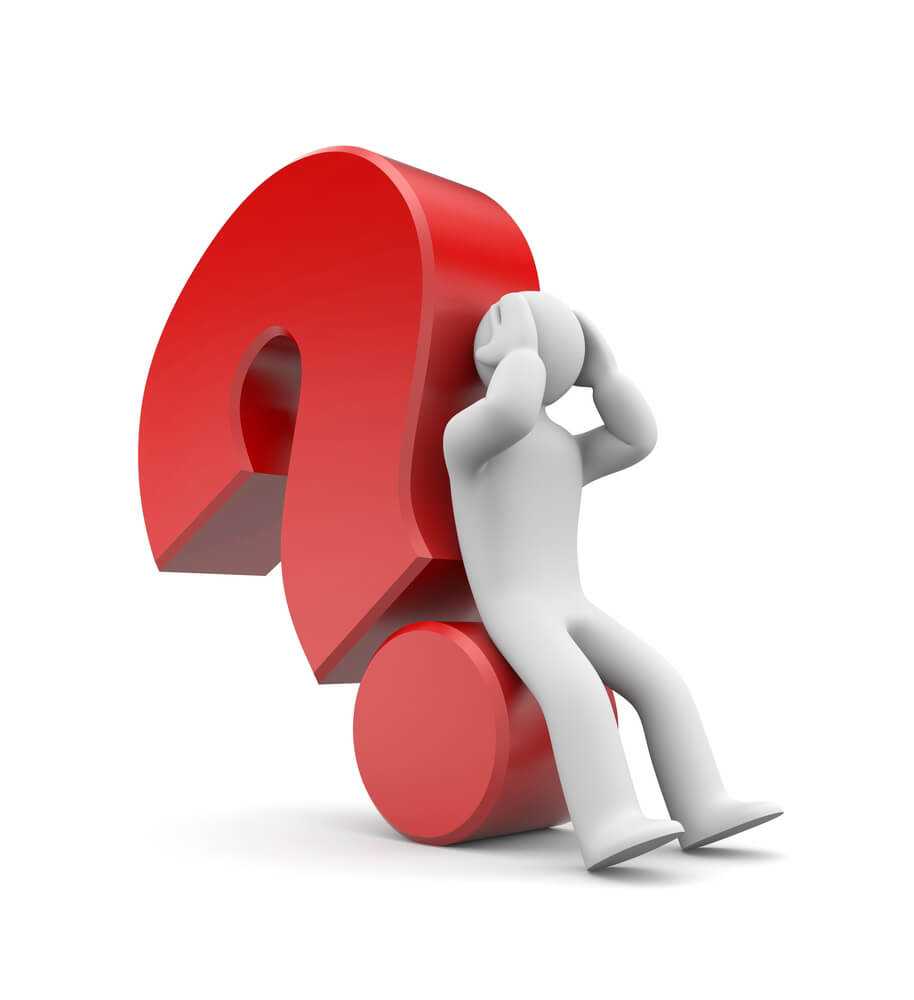
If you’re beginning to look into hunting ebikes or thinking about getting one for your next outing, here are answers to some of the most common questions I hear:
How quiet are hunting ebikes?
Most ebikes make much less noise than gas-powered vehicles. The main sounds you’ll hear are tires crunching leaves or gravel. Some motors hum a little, but I find this noise easy to cover up with thoughtful riding.
Can I use e-bikes on all public hunting lands?
Not in every case. Rules change state by state and even between parks. Some wildlife management areas ban all motorized vehicles, including e-bikes. I always double-check the latest guidelines before planning a trip.
How do I carry meat or large game?
Many ebikes come with trailer options made for hauling game. A trailer attached to the axle or frame makes it easier to cart out meat without loading up my backpack and wearing myself out.
Will cold weather affect my e-bike?
Yes. Batteries tend to drop in efficiency in cold temperatures. I keep my batteries warm until I’m ready to head out, and bring a spare for long, cold hunts just in case.
Are e-bikes safe to use around guns and bows?
As long as I use racks designed for firearms or bows, I don’t run into problems. Soft cases and sturdy mounts keep all my equipment safe and steady while riding. For extra peace of mind, I check all fastenings before every hunt and avoid rough trails if my load feels unstable.
Final Thoughts on E-bikes for Hunting
Adding an e-bike to my hunting gear truly sets me up for success—whether I’m moving quickly, hauling more, or just enjoying a quieter ride. As e-bikes keep spreading through the hunting world, I’m excited to track down new models and features that keep leveling up my hunt.
If you’re thinking about making the switch, a little planning goes a long way, and the rewards are well worth the investment in the right e-bike and accessories!
As always, stay safe, enjoy the journey, and please try to leave it cleaner than you found it. If you have any comments, questions, ideas, or suggestions, please leave them in the comment section below, and I’ll get back to you ASAP. You can follow us on YouTube: Man Art Creations for videos of our DIY Adventures.
Most Recent Articles:
- Understanding Deer Behavior To Improve Your Hunt

- Complete Guide On Tracking Game Animals

- DIY 4-Step Guide To Field Dressing And Quartering A Deer

- Night Vision Binoculars For Nocturnal Hunting

- The Science Behind Camouflage Patterns For Deer Hunting

- Binocular Accessories For Hunters

P.S. Thanks so much for checking out our blog; we really appreciate it. Just so you know, we may receive a commission if you click on some of the links that appear on our site. This helps us keep our content free and up-to-date for everyone. We appreciate your support!
